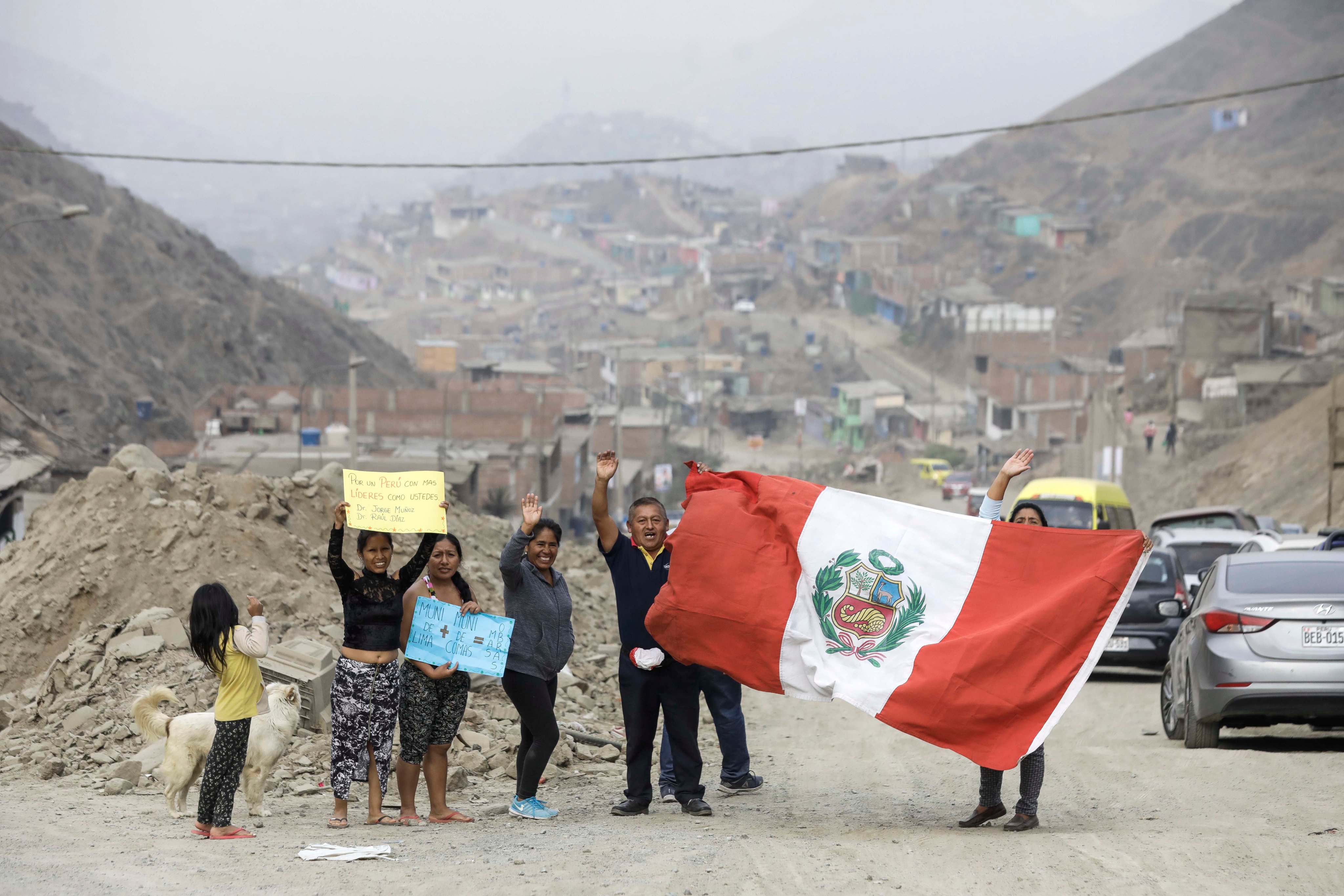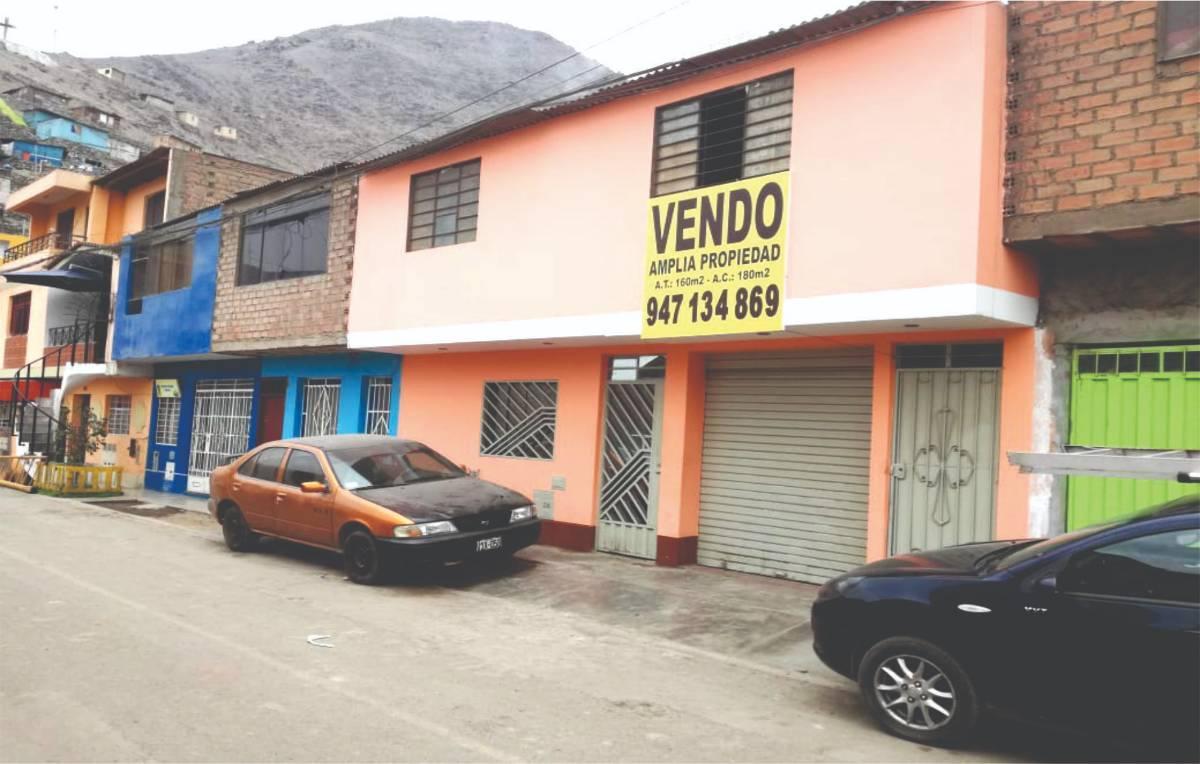The social organization in space or the spatial organization in society
Incorporating the space in the social sciences
In his account of the evolution of the reconstitution of critical human geography, Soja (1989)1 faces two approaches to incorporate the study of space in social sciences, in particular urban sociology, during the eighties. Each is defended accordingly by their respective theoretical schools: Marxist geography and Modern sociology. The later found support in Saunders (1986) who argued that “recognizing the empirical significance of spatial arrangements, does not seek to elevate these arrangements to the status of a distinct theoretical object” (cited by Soja 1989, pp 69). This assertion is clearly in cotradiction to “the project of spatializing Marxist theory” as Soja call the endevour of postmodern marxist geographers. This project could be summarized in Soja’s own words: “the organization of space was not only a social product but simultaneously rebounded back to shape social relations” (Soja 1989, pp 57).
 Fuente: Municipalidad de Lima (2019)
Fuente: Municipalidad de Lima (2019)
The specificity of the urban in the marginal space of Lima
It is the urbanization process that sets the ground for the ongoing debate between the above-mentioned positions as the postmodern georaphies are being produced. It discusses if the role of social and political action in the production of space deserves a place in the teoretical of the reconstructed historical and geographical materialism. The struggle for space in Lima led individuals to cooperate in organizing the marginal foothills for housing and public spaces, including the self-built roads (see image). ¿Does this example represents “the social organization in space” or “the spatial organization in society”?
 Fuente: https://www.adondevivir.com
Fuente: https://www.adondevivir.com
Emerging regimes of flexible accumulation
Non-regulated land market, self-build housing and cooperative road construction and management, allows capital acumulation between households and businesses across the periphery of Lima. As their assets consolidates their value grows. Long term policy by municipal and governmental agencies along with investments by private agents (legal and illegal) are providing these marginal places with basic services. By now this state-backed regime continues-on as the extension of the law providing them property deeds has been approved in the Peruvian parliament. This follows long tradition of State support from prime minister Beltran in the late 1950s, well described by the work of Turner in the 1970s, becoming in what De Soto (1986, 2001)2 3 proclaimed to be the emergence of small proprietors. This discourse where the political agenda meets technical practice of supporting informal settlement consolidation, could find an explanation within the realm of postmodern critical geography. Empirical observation suggest that society is organizing spatially in Lima as housing space is becoming a commodity at least in the periphery.